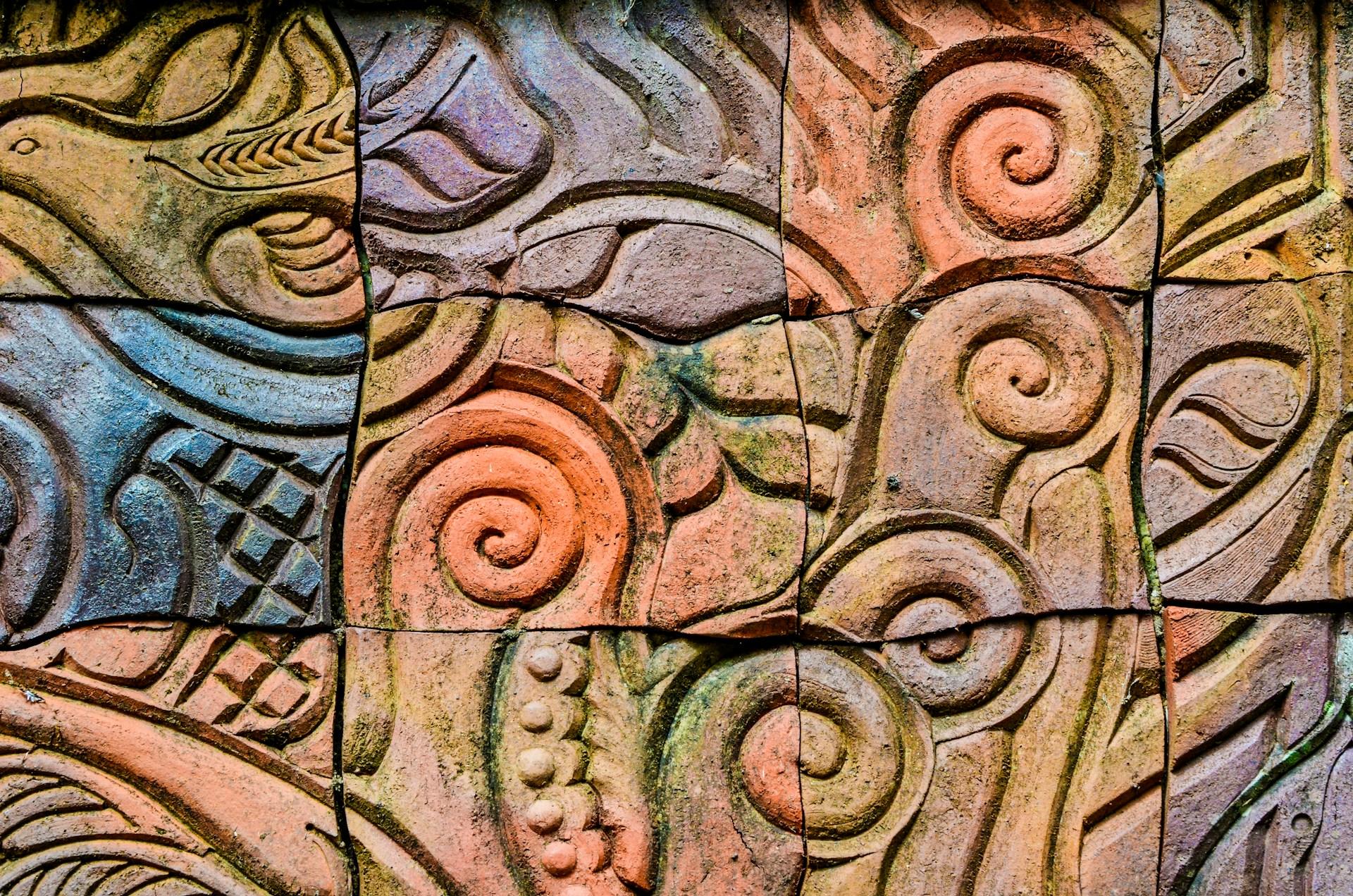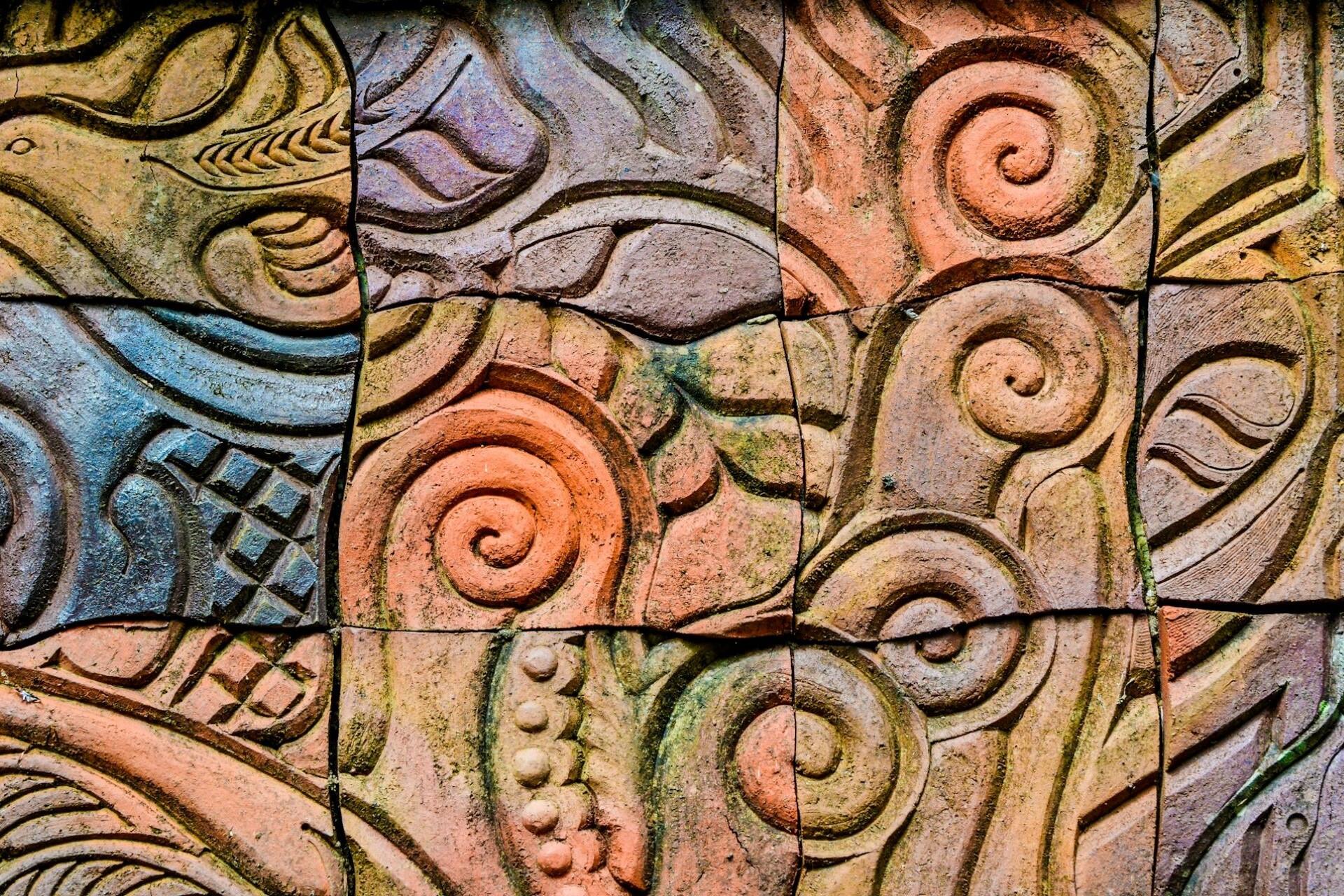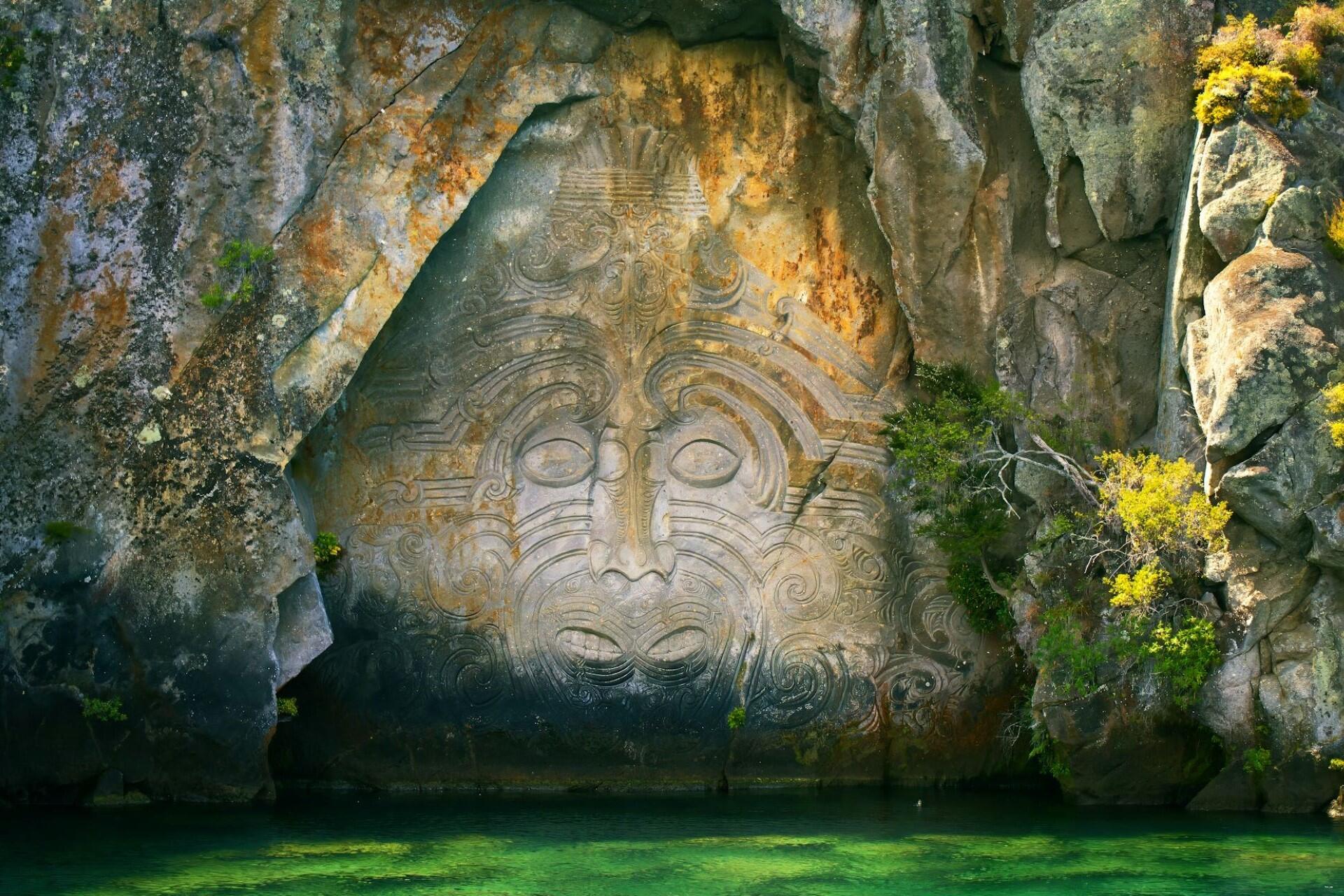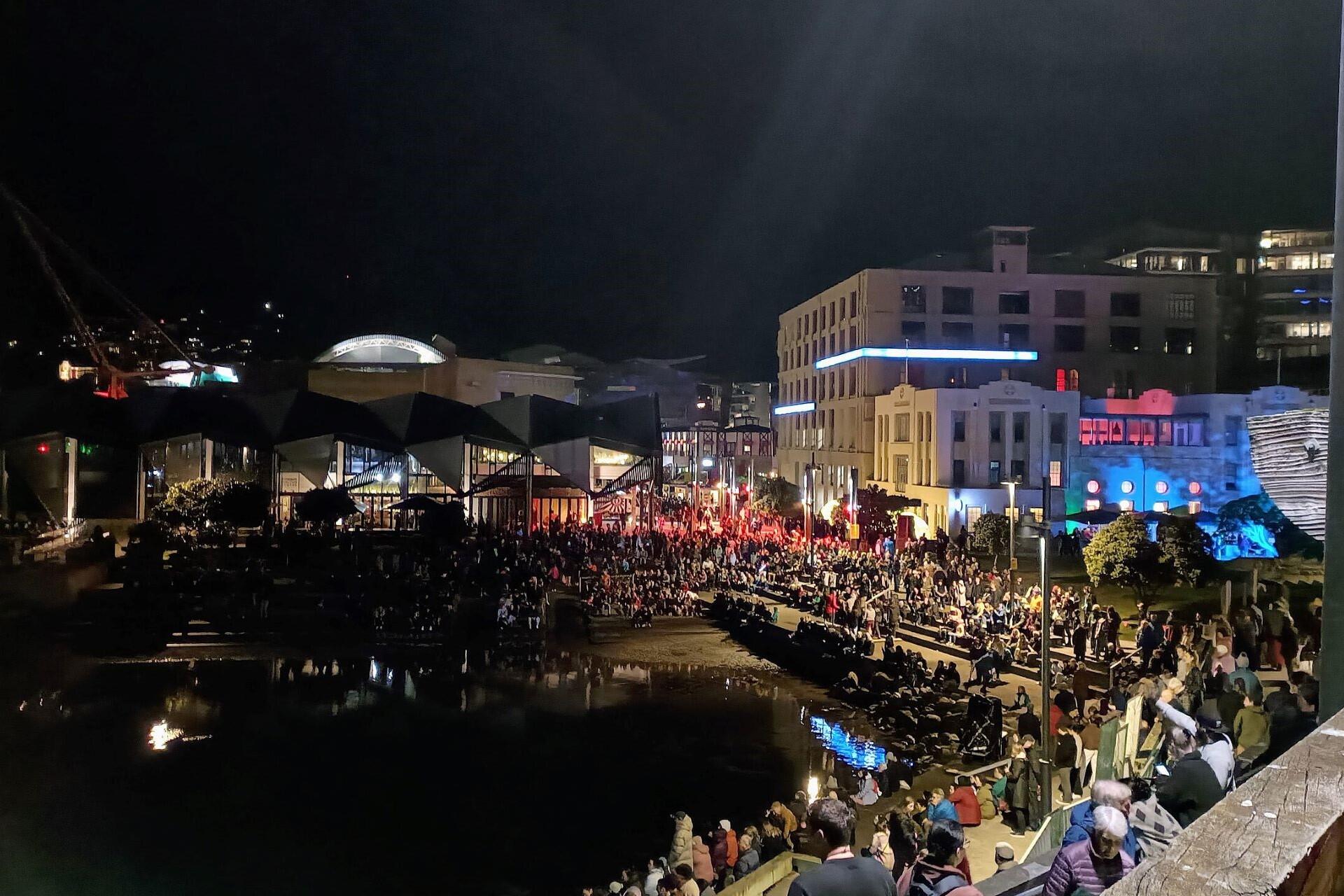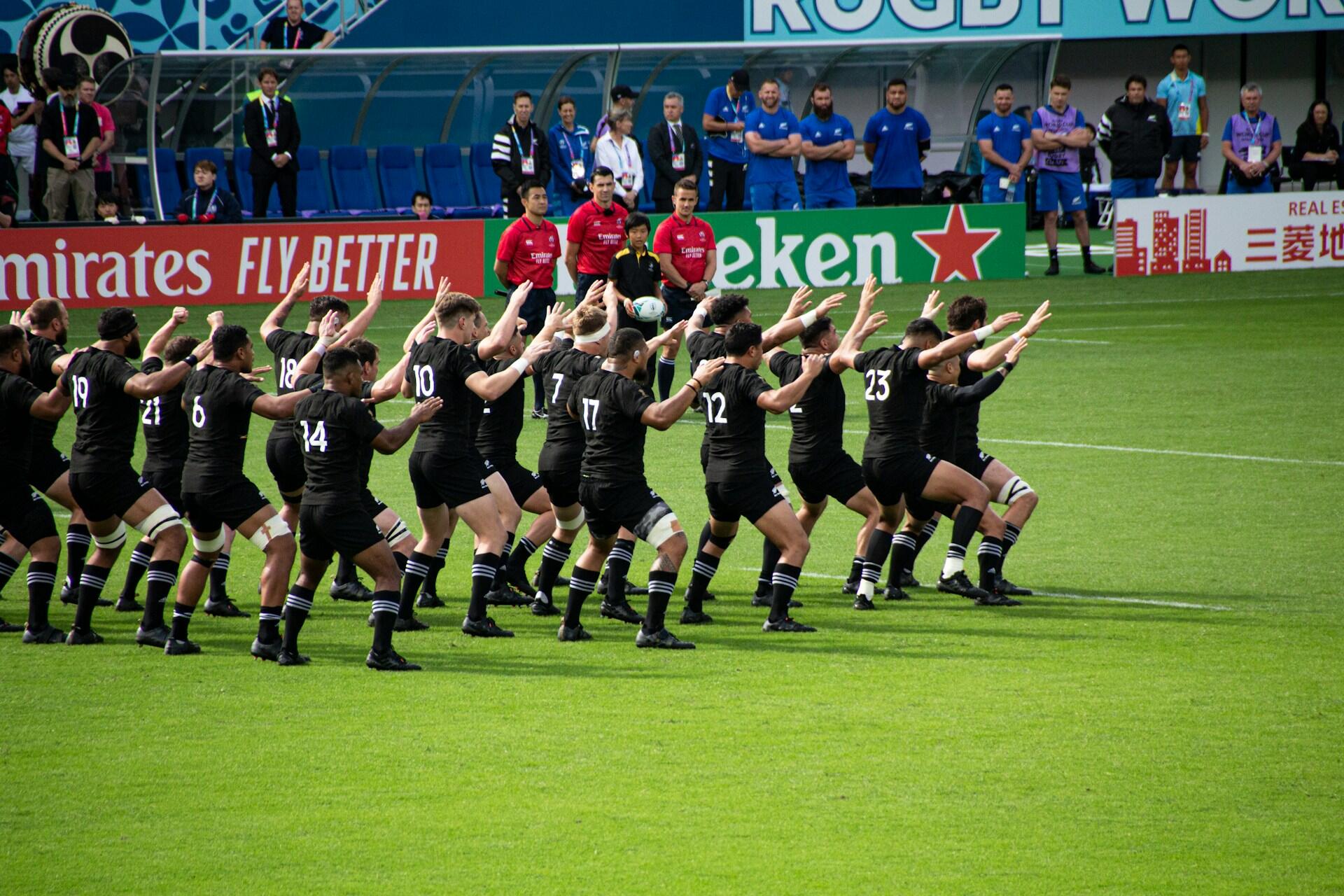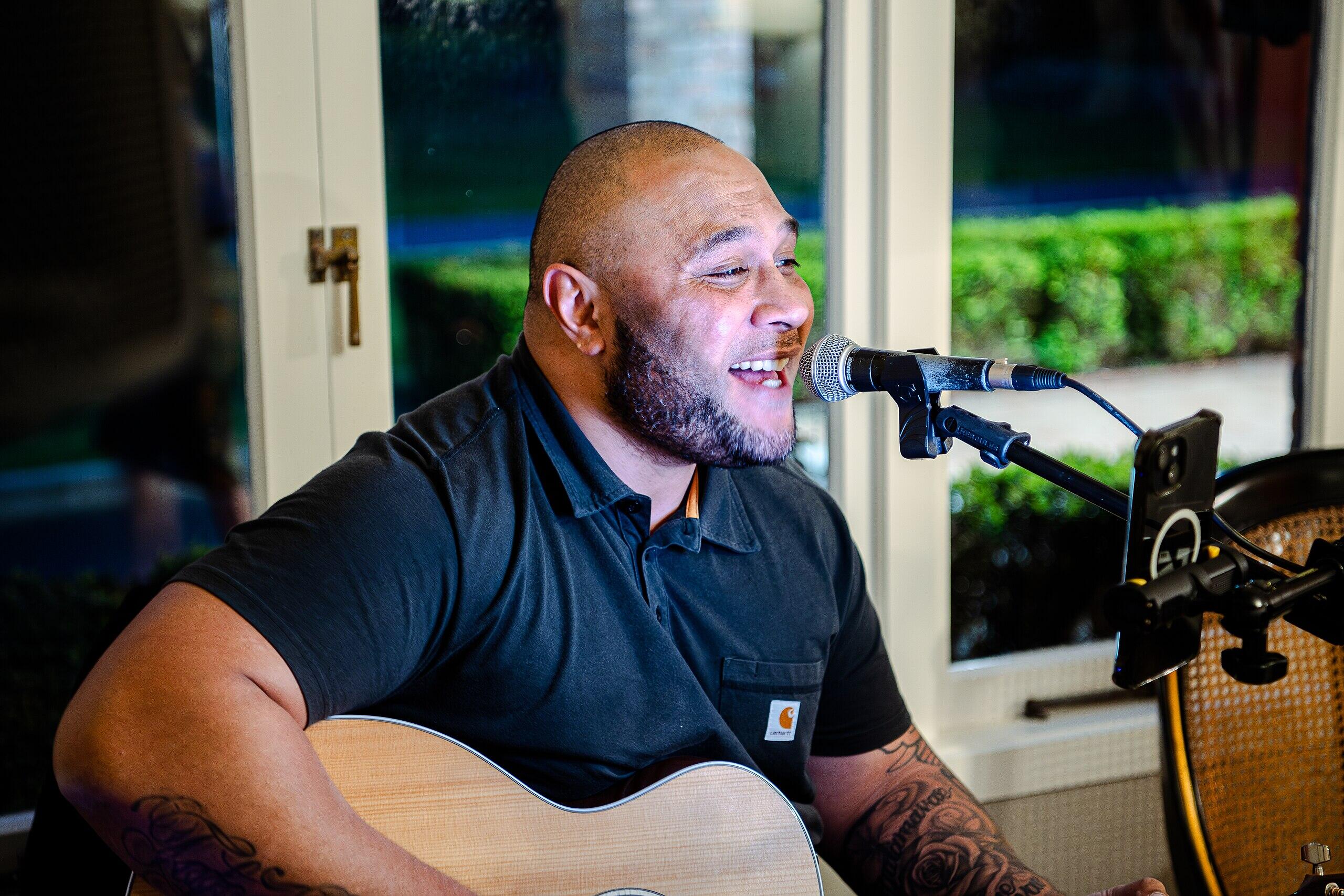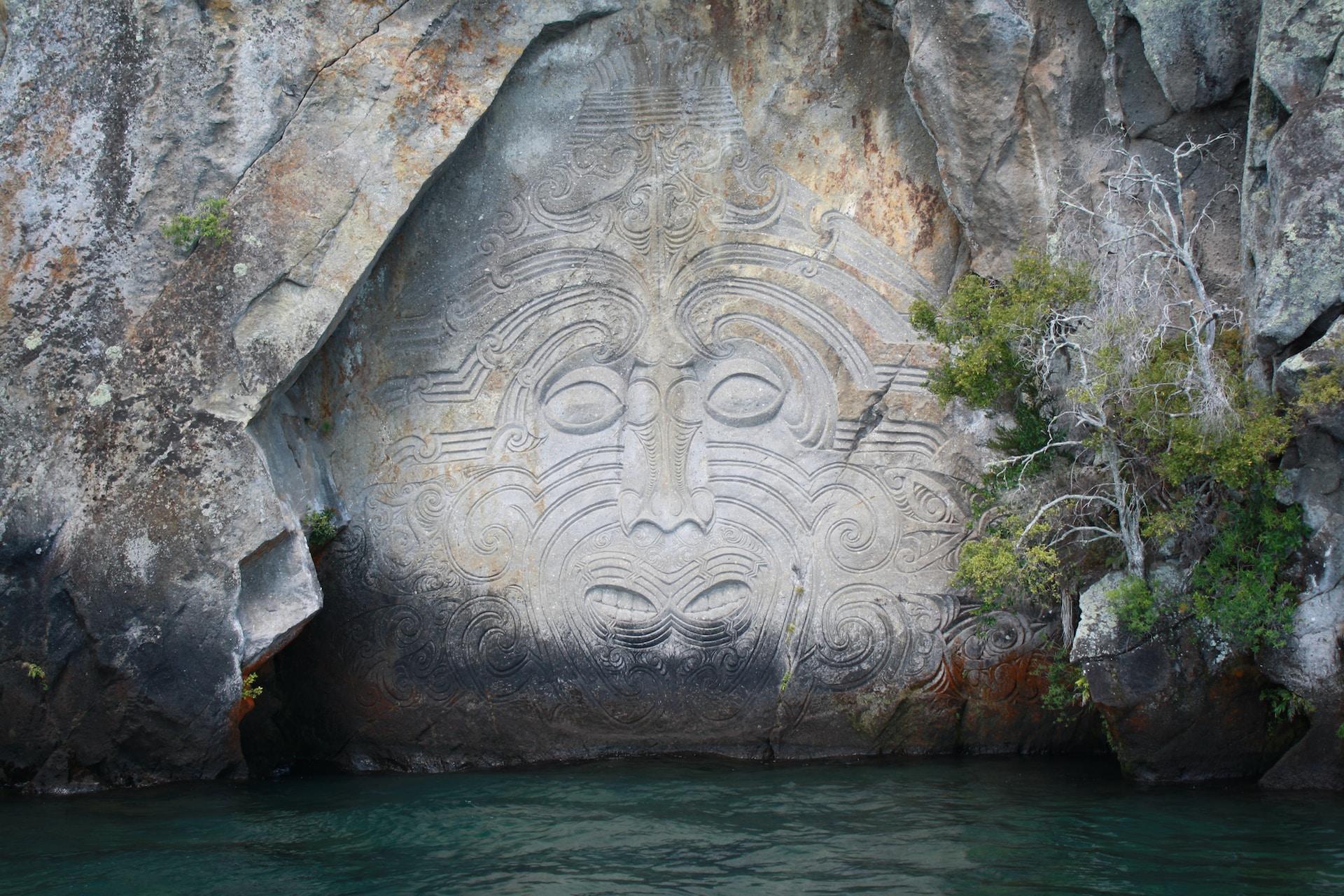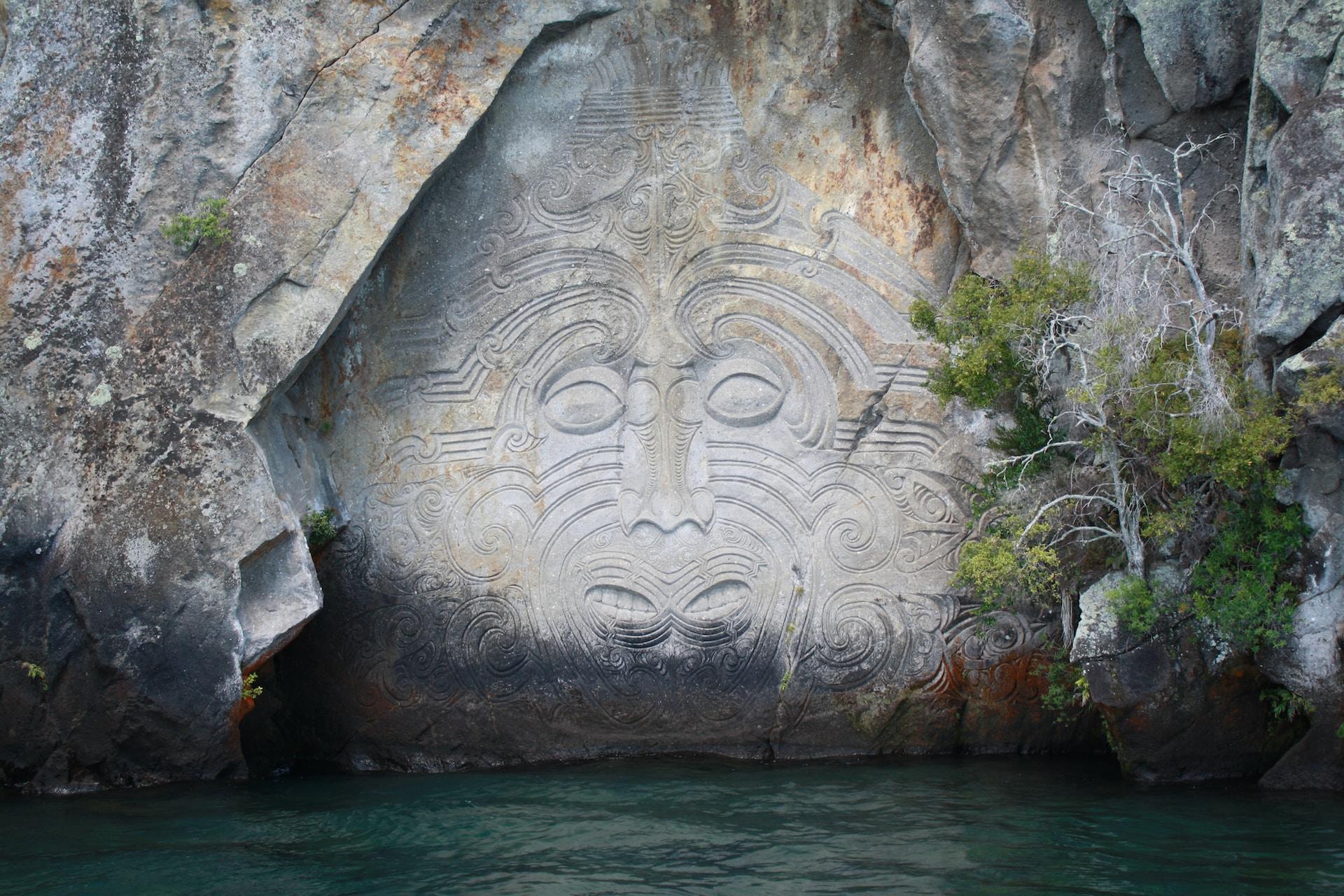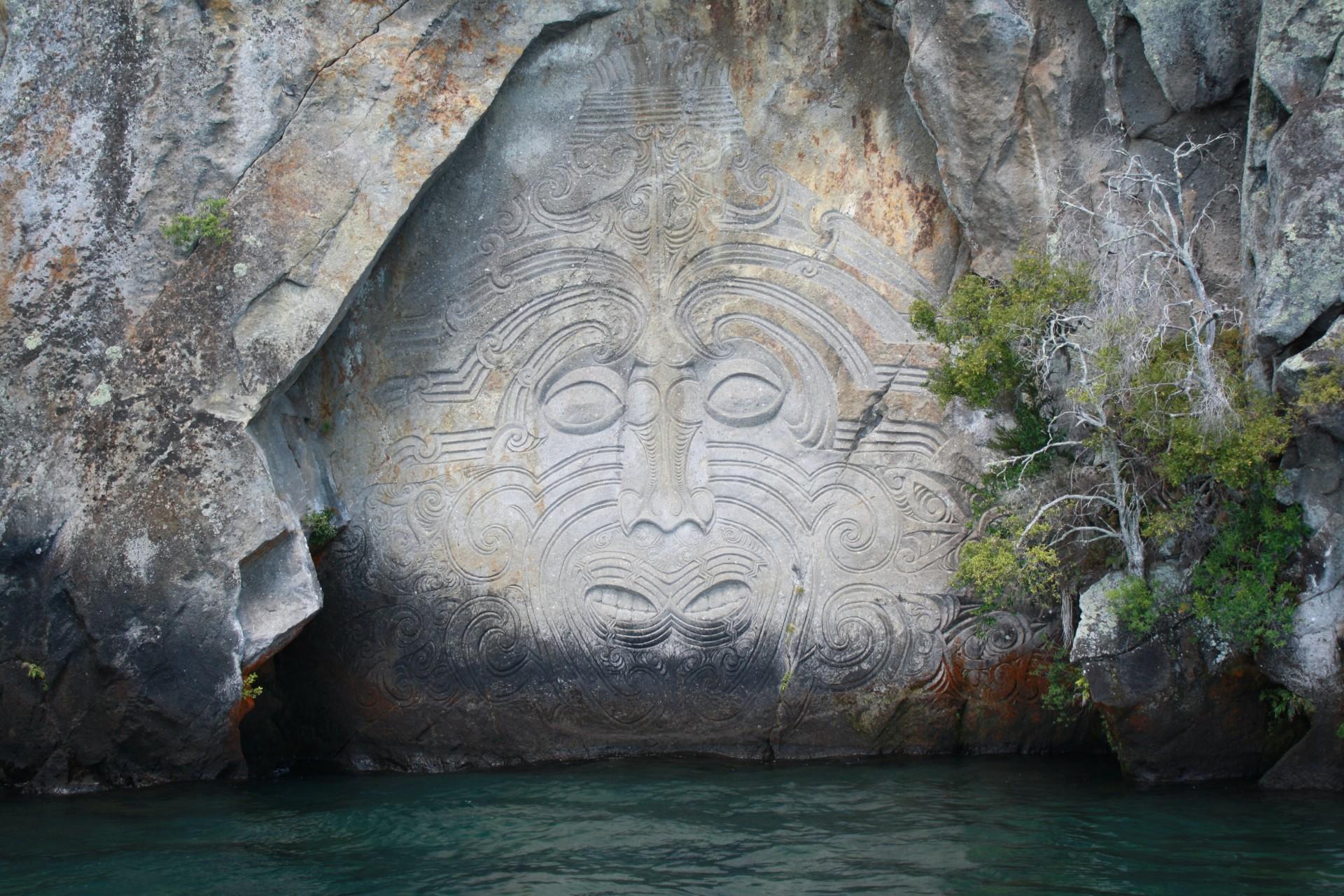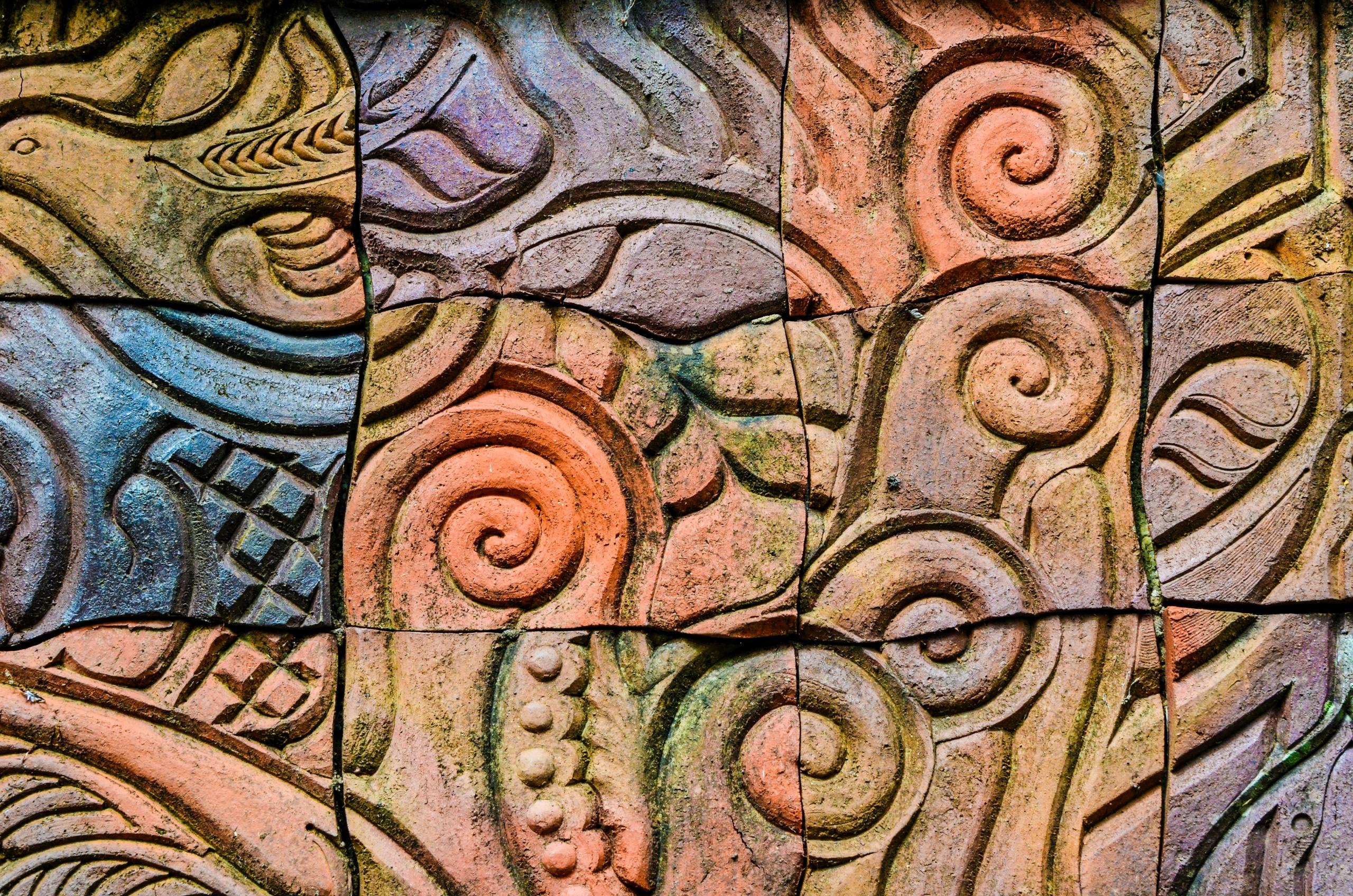The Maori people are the indigenous population of Aotearoa (New Zealand). They have a rich cultural heritage that has been passed down for centuries and includes powerful storytelling through myths and legends, art forms such as stone carvings and sacred body tattoos, and traditional dances and ceremonies, like the haka.
Maori culture is incredibly diverse, with a wealth of traditions and practices. While it's impossible to cover everything in a single article, we'll explore a few key aspects, delving into their historical significance and their presence in contemporary Maori culture.
From the legends that literally shaped the land to the evolving artistry of the Maori, here's an introduction to the enduring and evolving culture that has been a part of Aotearoa for centuries.

Māori Myths and Legends
An important part of Maori culture is pūrākau, the myths and legends kept alive by oral tradition. These stories not only explain the origins of the natural world but also celebrate Maori ancestors and highlight the deep connection between people, nature, and spirituality.
Here are just a few Maori myths and legends. You may have even heard some of them.
Tāne Mahuta and the Creation of Light
In Maori mythology, Māui-tikitiki-a-Taranga is a key figure. He pulled up Te Ika-a-Māui (the North Island of New Zealand) using a finishing hook in this legend.
This is because his brothers disrespected the god of the sea when they caught the fish, which resulted in the fish writhing around as they tried to carve it. The result is the ridges, valleys, and mountains of the island.
Similarly, some versions of this legend have Māui’s canoe as New Zealand's South Island and his anchor as Stewart Island.
Generally, this legend represents exploration, resourcefulness, and respect for the land.
The legend of Māui pulling up the North Island represents the geographical formation of Aotearoa and the values of exploration and respect for the land.
Kupe: The Great Navigator
While many Maori legends talk of deities, there are also legends focusing on the realm of humans. In this one, the legendary Polynesian navigator Kupe discovers Aotearoa.
Using celestial navigation, ocean currents, and natural signs, he sailed from Hawaiki, the ancestral homeland of the Polynesian people.
In this tale, Kupe names the land Aotearoa, which means “the land of the long white cloud” in the Maori language or te reo Maori.
This legend reflects the Maori traditions of seafaring and exploration. In a sense, Kupe represents the founder of the Maori people.
Myths like these are not just stories; they are the cornerstone of Maori culture. They explain the world, connect people to nature, and preserve cultural values, making them incredibly important to Maori tribes.
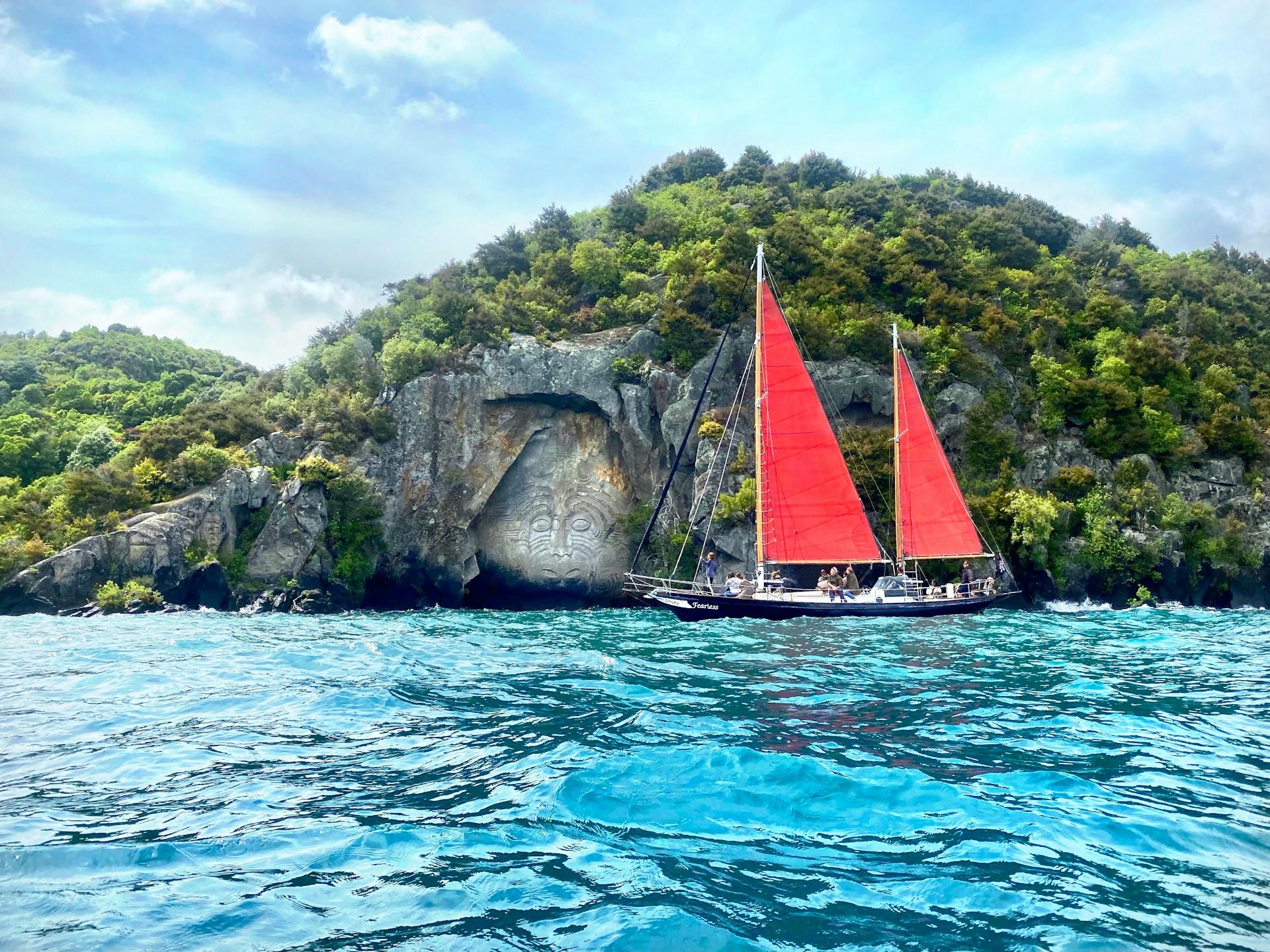
Māori Art and Patterns: Visual Storytelling
Though Maori culture relies heavily on oral tradition, that doesn't mean there aren't visual ways to preserve and express culture.
Like those found in carvings, weaving, and painting, Maori art and patterns often reflect different aspects of Maori values, genealogy, and spirituality.
These are just a few of the more visual ways you can experience Maori culture.
Kōwhaiwhai Patterns
Kōwhaiwhai are painted flowing patterns. You'll often find them on the rafters of wharenui (meeting houses).
It's common for these patterns to have recurring themes, structures, and symbols. The koru, for example, is a symbol inspired by the unfurling fern frond. It symbolises growth, renewal, and life's journey.
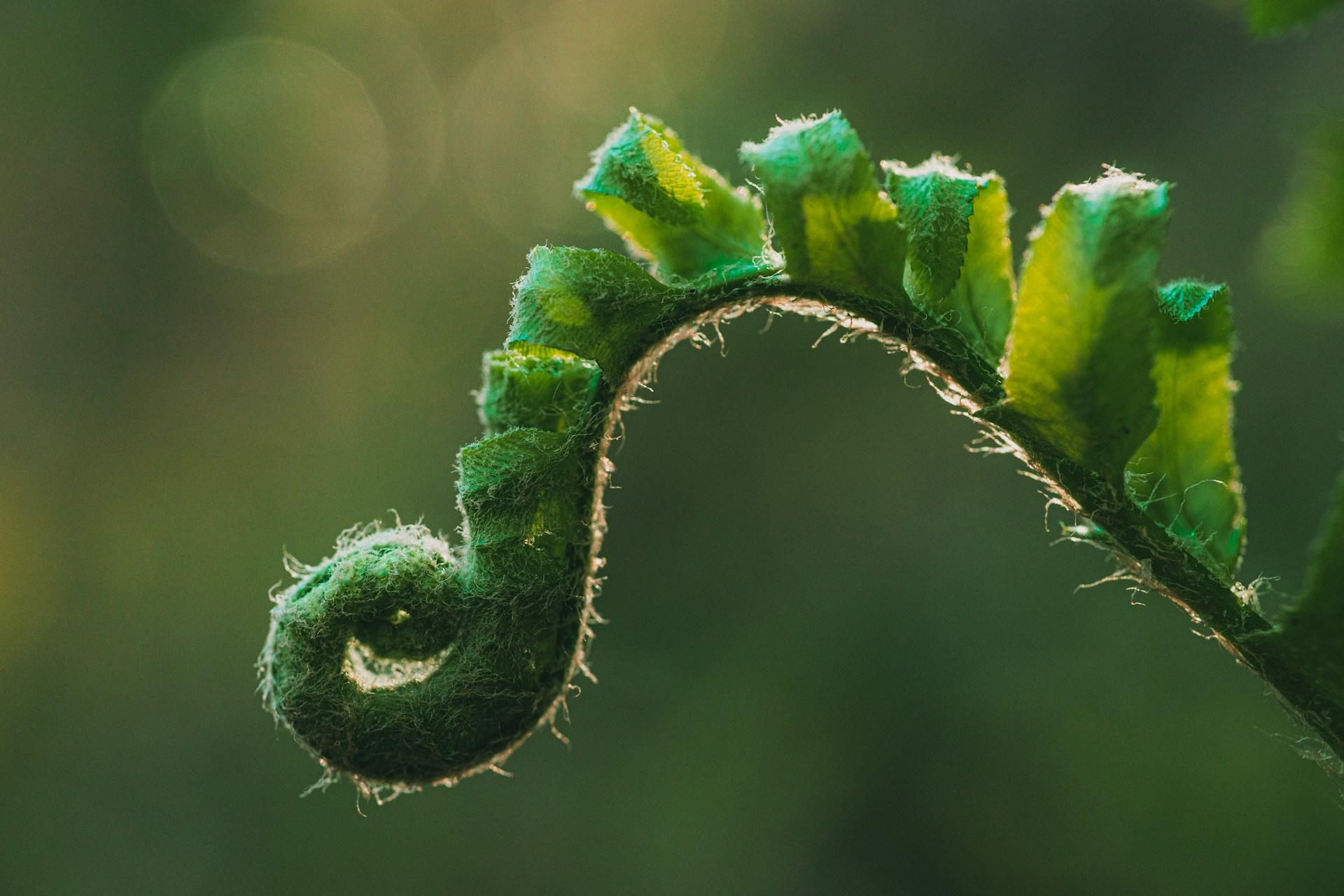
Beyond simple decoration, these patterns can tell stories of connection to the land and the ancestors, with visual elements representing nature, genealogy, and other important Maori values. Like oral tradition, these can also be used to to maintain important aspects of history over the years.
Koru, a pattern inspired by the unfurling fern, symbolizes growth, renewal, and life's journey.
Whakairo: Carving
Carvings are also very common in Maori culture. These carvings can be done on wood, stone, or bone and often depict tiki figures, guardians like the Manaia, and other symbolic motifs that honour both genealogy and nature.
Raranga: Weaving
Weaving is another important way that Maori culture is expressed through art. Weaving with harakeke (flax) can produce items like korowai (cloaks) and kete (baskets).
These items often combine artistry and cultural significance, especially when the patterns represent status within a tribe, prestige, or roles or life events.

Tā Moko
One expression of Maori culture that is more visible to non-Maoris is tā moko, the ancient art of tattooing.
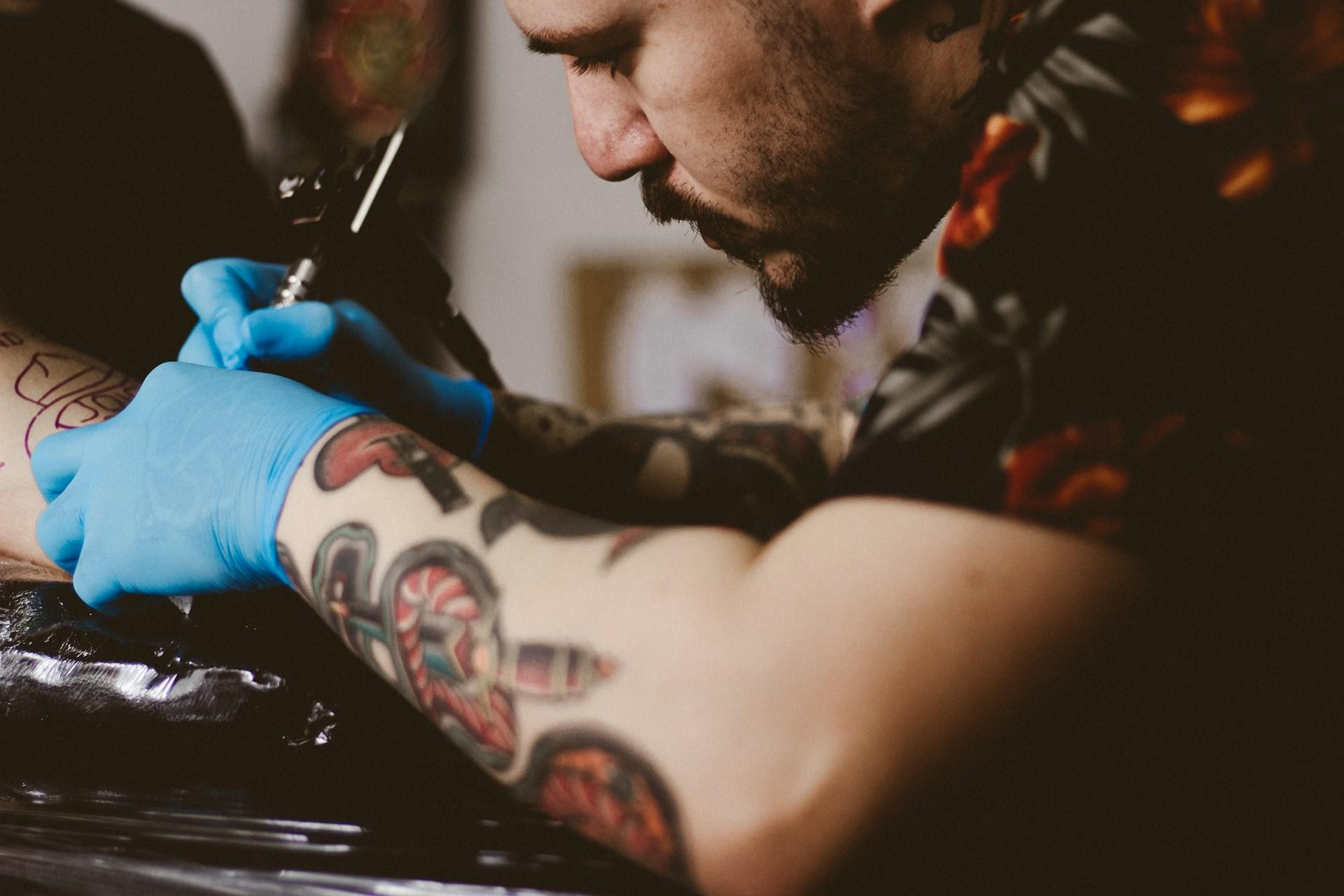
This is more than just the simple act of getting a tattoo; this is a visual language that communicates the wearer's life journey, whakapapa (genealogy), and identity.
Tā moko has a fascinating history and continued evolution. Rather than using needles like in Western tattooing and other tattooing cultures, tā moko uses uhi (chisels) to carve grooves into the skin.
For example, pigments from natural substances like burnt wood were applied to the grooves.
Overall, this makes for a painful process that is both a rite of passage for Maori and a demonstration of a person's strength and commitment to their culture and heritage.
Tā moko involves carving grooves into the skin with chisels, a painful process symbolizing strength, identity, and spiritual guidance.
Symbolism and Place
Maori tattoos are not just ink on skin; they are deeply personal, incredible works of art, and deeply sacred. Their placement and design can indicate and represent many deep-rooted aspects of Maori culture.
Here are just a few examples of how they're placed and what they represent:
- Whakapapa: Family lineage and other tribal connections.
- Mana: The wearer's prestige, achievements, and status in their tribe or community.
- Spiritual Guidance: Showing a connection to tīpuna (ancestors).
Generally, men wear moko on their faces, thighs, and rears, with moko that represent rank and strength.
Women typically wear moko on their chin and lips, which signifies beauty, identity, and ancestry, as well as on their arms for different roles and statuses.
Tā moko represents a person's identity within Maori communities. These tattoos are only given by a Maori person to another Maori. They are not "tribal" tattoos, as commonly performed by Western tattoo artists.
However, some Maori tattoo artists will provide non-Maori with tattoos inspired by the artistry of tā moko but without the profoundly sacred value. This is known as kirituhi, meaning skin art or skin drawing. For non-Maori who want a tattoo like a moko, it's worthwhile speaking to a Maori tā moko artist before getting anything done and ensuring that it's done by a Maori and worn on a part of the body that's respectful to the culture and traditions of Maori peoples.
Māori Symbols: Icons of Identity and Spirituality
In many areas of Maori culture, a lot of symbolism represents identity and spirituality.
Many of these symbols occur regularly, so look for them when studying Maori patterns and art.
These are a few of the most commonly occurring symbols:
Koru: The aforementioned koru, based on a fern, symbolises life, growth, and continuity.
Hei Matau: This symbol is a stylised fish hook and represents ideas like strength and safe travel, which are deeply rooted in the seafaring culture of Polynesian peoples like the Maori.
Manaia: This spiritual guardian has the head of a bird, the body of a human, and the tail of a fish. It represents the connections between the different realms in Maori mythology.
Pikorua: This twist represents eternal relationships, unity, and the interconnected nature of life.
What is a Haka?
The haka is probably one of the most famous expressions of Maori culture, especially if you're a rugby fan and have seen the world-famous All Blacks rugby team.
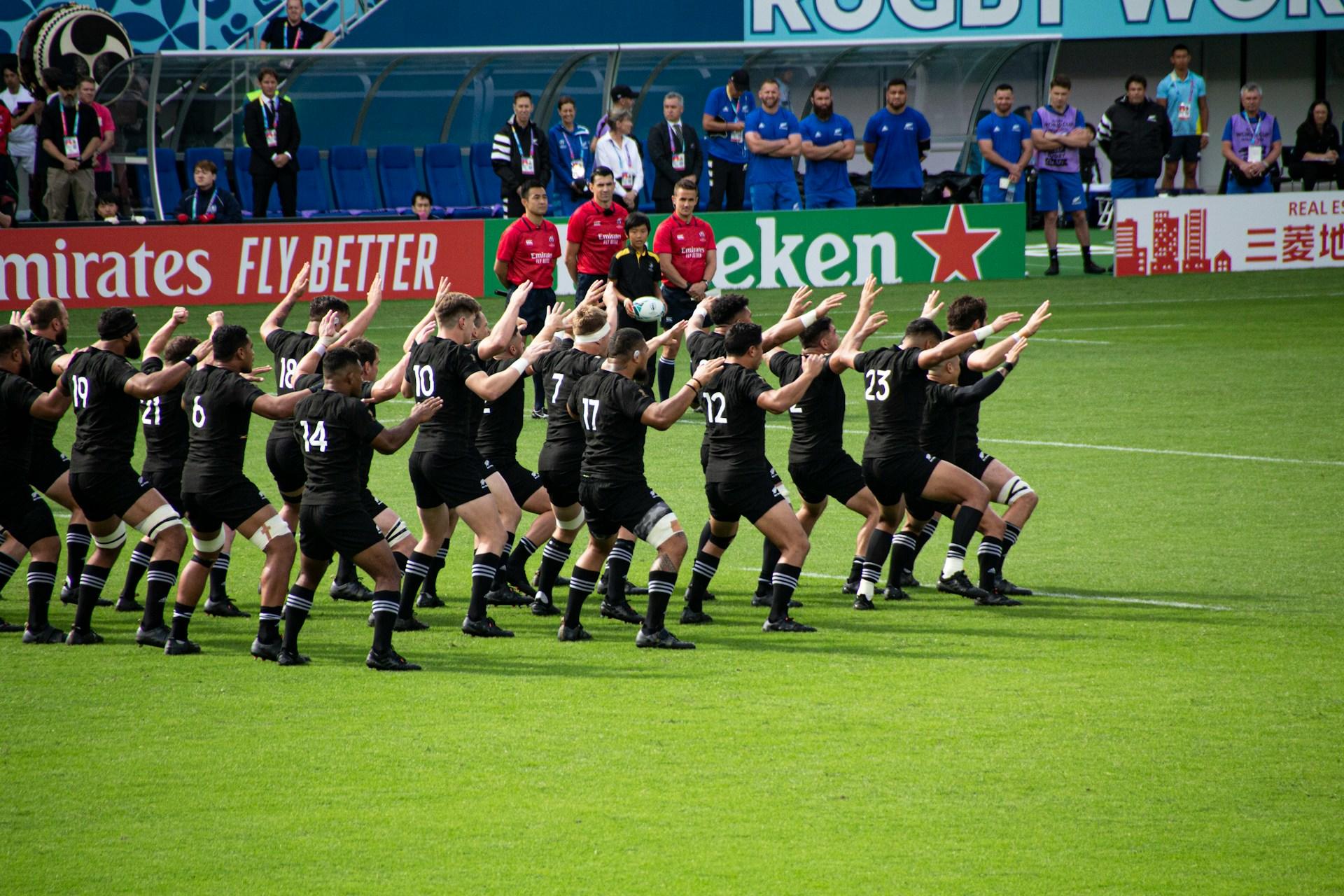
The haka is a traditional Maori dance with rhythmic chanting, stomping, and strong movements. It was originally a war dance performed by warriors to intimidate their opponents. Still, it's now evolved to take on even more cultural significance.
It can be performed at cultural ceremonies to honour ancestors, by the rugby team as a symbol of pride and unity, and in modern protests to symbolise cultural resilience.
Here's one of the finest performances of the haka from the All Blacks this year.
Recently, in the New Zealand parliament, MP Hana-Rawhiti Maipi-Clarke performed a haka in protest against the bill that changed how the Treaty of Waitangi was interpreted.
You can watch that particular haka here.
Subsequently, hundreds of people set off a nine-day hikoi, a march, in protest over the legislation.
Celebrating Maori Culture and Traditions
Maori culture is still an essential part of New Zealand's identity. It offers a vibrant connection to the history and traditions of the country's first people.
From the myths that shaped the North and South Islands to the artistry of things like tā moko, kōwhaiwhai, and iconic symbols like the koru and Hei Matau, Maori culture is an inseparable part of the fabric of Aotearoa.
Whether exploring Rotorua, taking a cultural tour of Marae, or visiting the sacred grounds of Waitangi, where the Treaty of Waitangi was signed, there are many opportunities to experience and appreciate Maori traditions.
While Maori society was shaped by the early interactions of Europeans and colonisation, Maori culture is strong and resilient and has enjoyed a resurgence in recent years.
The Maori language (te reo Maori) and other traditions are being recognised nationally across New Zealand. Though there have been recent setbacks like those mentioned earlier in the article, there's a positive trend for Maori culture.

